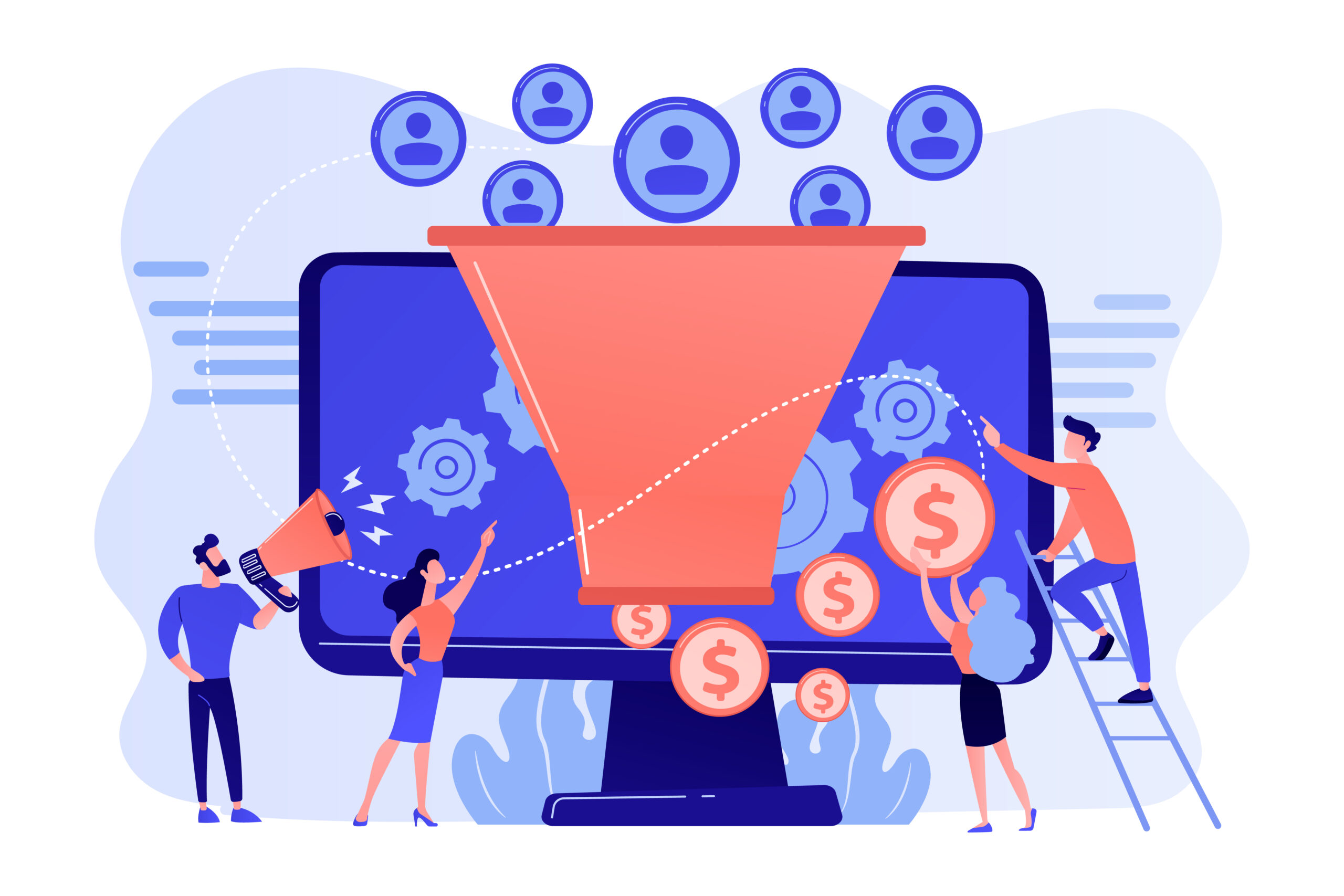In the ever-evolving world of business, the concept of a sales and marketing funnel has become a fundamental element in the success of any enterprise. For small businesses, in particular, crafting a comprehensive sales and marketing funnel is not just a strategy; it’s a necessity. It’s a pathway to attract, engage, and convert potential customers into loyal advocates. In this article, we will guide you through the process of creating a robust sales and marketing funnel that will set your small business on the path to success.
Table of Contents
Understanding the Sales and Marketing Funnel
Before diving into the creation process, let’s ensure we’re on the same page about what a sales and marketing funnel is. The funnel is a visual representation of the customer journey, illustrating the stages a prospect goes through before making a purchase or becoming a loyal customer. Traditionally, these stages can be categorized into four main phases:
1. Awareness
This is the top of the funnel, where potential customers first become aware of your business and its offerings. At this stage, they might not even realize they have a need or problem that your product or service can solve. Your goal is to grab their attention and make them aware of your existence.
2. Interest
Once prospects are aware of your business, they move into the interest stage. Here, they start to explore your offerings, researching and comparing them with competitors. This is your chance to engage them and spark their curiosity.
3. Decision
In the decision stage, potential customers are on the verge of making a choice. They’re evaluating their options and deciding whether your product or service is the best fit for their needs. Your task is to provide them with the information and confidence they need to convert.
4. Action
The final stage is where the magic happens – the action stage. Here, prospects become paying customers. They make a purchase, sign up for a subscription, or take any other action that directly benefits your business.
Crafting Your Small Business Sales and Marketing Funnel
Now that we have a solid understanding of the funnel’s structure, let’s dive into the step-by-step process of creating a comprehensive sales and marketing funnel for your small business.
1. Define Your Target Audience
The foundation of any successful funnel is a deep understanding of your target audience. Who are your ideal customers? What are their pain points, desires, and preferences? Conduct market research to create detailed buyer personas. These personas will guide your entire marketing strategy.
2. Create Compelling Content
Content is the backbone of your funnel. It’s what will attract, engage, and inform your potential customers at every stage. Develop high-quality, valuable content that addresses the needs and questions of your audience. This can include blog posts, videos, eBooks, webinars, and more.
3. Generate Awareness
To attract potential customers, you need to increase your online visibility. Utilize digital marketing techniques such as search engine optimization (SEO), social media marketing, and pay-per-click (PPC) advertising to get your content in front of your target audience.
4. Capture Interest
Once you’ve captured your audience’s attention, keep them engaged. Implement lead generation strategies, such as email marketing, to capture contact information. Offer lead magnets like free guides, webinars, or discounts to encourage sign-ups.
5. Nurture and Educate
As your leads progress through the funnel, nurture them with personalized content that addresses their specific needs and concerns. Automated email sequences and drip campaigns can be highly effective in this stage.
6. Convert and Close
The decision stage is where you guide your leads toward making a purchase. Provide case studies, testimonials, and clear calls to action to help them make an informed decision. Make the purchasing process as smooth as possible.
7. Delight and Retain
The customer journey doesn’t end with a purchase. To build loyalty and retain customers, continue to provide value through post-purchase content, exceptional customer service, and loyalty programs.
Measuring and Optimizing Your Funnel
Creating a comprehensive sales and marketing funnel is only the beginning. To ensure its effectiveness, you must continuously measure and optimize it. Monitor key performance indicators (KPIs) such as conversion rates, click-through rates, and customer retention. Use these insights to make data-driven improvements.


